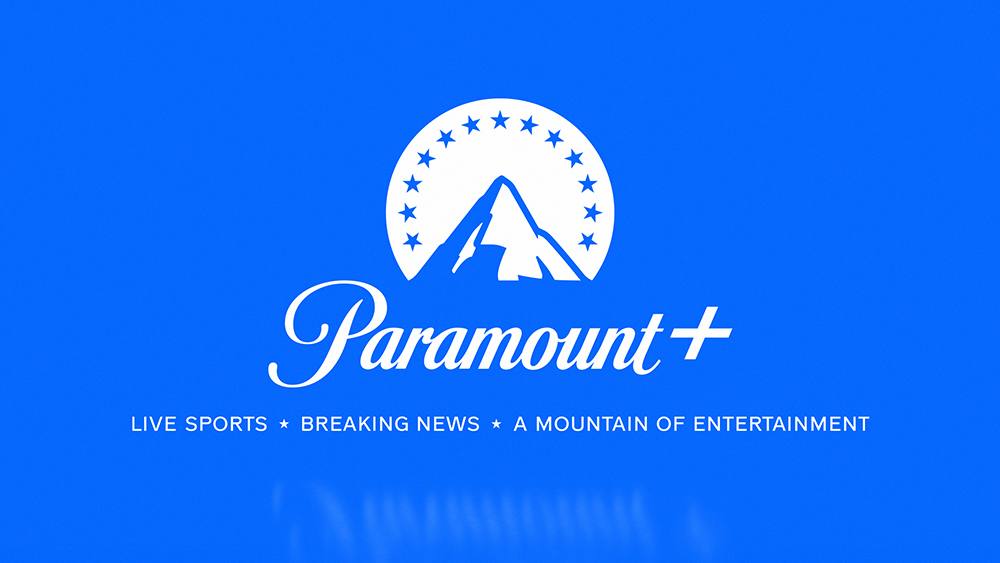
Streaming Helps Paramount Offset Lower Broadcast-Cable

Paramount Global had much to crow about in the direct-to-consumer segment of its business during its third-quarter earnings report on Thursday. That helped to offset some of the less favorable news on the traditional side of its television business — which related in part to the softness in the global advertising market and the lack of political dollars.
The company’s TV media division, which includes the broadcast and cable networks along with the TV stations, saw an ad revenue decrease to $1.7 billion, down 14% when compared with the same quarter last year. Affiliate and subscription revenue was essentially flat, with pay-per-view event dollars making up for a loss in affiliate fees.
Total revenue for TV media stood at nearly $4.6 billion, down 8% from same quarter last year. And the adjusted OIBDA (operating income before depreciation and amortization) for the division was down 7% to about $1.15 billion.
While the total revenue in the direct-to-consumer division is much lower than that of TV media, at almost $1.7 billion for the quarter, it improved 38% over the same quarter last year. Together, advertising revenue for Paramount+ and the FAST platform PlutoTV increased 18%, to $430 million—benefiting from a 46% increase in total viewing hours across both platforms. And the nascent DTC unit’s expenses dropped 23%, to $1.93 billion.
Paramount now expects that full-year 2023 DTC losses will be lower than they were in 2022. The division’s losses in the fourth quarter are likely to be about the same as they were in the same quarter last year.
“We now believe 2022 was our peak year of streaming investment,” said Robert Bakish, Paramount’s president-CEO during an earnings call with analysts. “We’re clearly on the path to streaming profitability. And this continued DTC improvement will be a key driver of the total company earnings growth we expect next year.”
Since integrating the Showtime and Paramount streaming businesses at the end of June, the combination has driven increases in subscriber acquisition and engagement, ARPU and operational efficiency, Bakish said. Partnerships with Walmart+ and Delta Airlines have added to the growth.
Both the Paramount+ and PlutoTV brands are in expansion mode around the world. In some markets, like the U.K. and Australia, the business model is very much the same as in the U.S. But in smaller overseas markets, Paramount is integrating a subset of its streamed content within the platforms of established local platforms. “That way we have a local partner fully engaged in driving the business forward,” Bakish said.
“PlutoTV continues to be in more countries today than any other FAST service,” Bakish added. “And it had the highest total viewing hours ever in Q3 both domestically and globally.”
On the advertising front, Bakish noted continuing challenges for the industry at large, like inflation, economic uncertainty and weak ad categories. “While the industry isn’t seeing the second-half recovery we expected earlier in the year, there are a number of positive catalysts ahead.” Among them, he mentioned that the ad-supported Paramount+ Essential streamer will launch on Amazon in the coming months. And Paramount is about to launch its multiplatform ViacomCBS EyeQ solution for advertisers on the international market.
Despite the 14% ad revenue decline within the TV media division, where the linear properties reside, there was strong demand from advertisers for sports programming and year-over-year growth in categories that include auto, consumer packaged goods and alcohol. “But significant categories like tech and pharma were weaker than we would like. Additionally, reduced political spend, strike-related impacts and international headwind negatively impacted the year-over-year performance,” said Naveen Chopra, Paramount’s EVP-CFO.
“Looking ahead to Q4, advertising growth will continue to be impacted by a sizable decline in political advertising. We’re seeing modest improvement in domestic linear advertising, though we continue to deal with strike impact and international weakness, which will limit improvement in the year-over-year trends,” Chopra said.
In a Q&A session with analysts, Bakish was asked to comment on the recent distribution deal between Charter and The Walt Disney Co.—which allowed Charter to offer Disney’s streaming apps to its customers — and how that might affect Paramount’s future agreements. “It’s not clear that all partners want to go in this direction,” he said. However, “we think it could be an accretive development.”
Bakish added: “In many respects, this is a domestic hard-bundle idea. And we’ve seen clear benefits from international hard bundles — namely increased subs, no acquisition costs and lower churn.”
Those positives are offset by lower potential DTC unit revenue, given the wholesale structure. But bottom line, he finds the possibility compelling. “Also, I should point out that we’ve seen these hard bundles actually catalyze DTC growth.”
Chopra indicated the price increase for the Paramount+ that occurred in June won’t be the last one. The subscriber rate hike “performed better than we expected,” he said, noting that the churn level wasn’t as bad as expected. “The data we’ve seen come out of our first price increase suggests that value proposition and the stickiness of the content does give us additional room for growing price over time.”
























Comments (0)